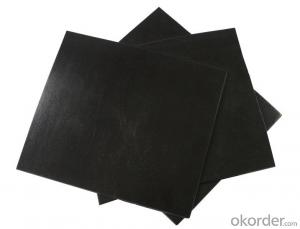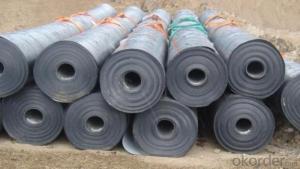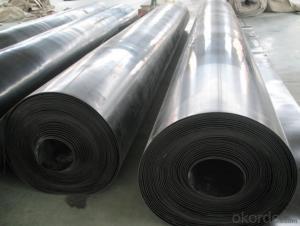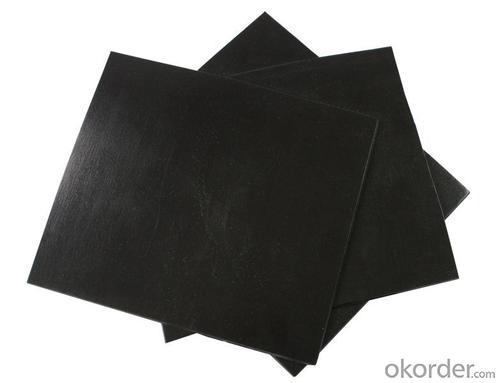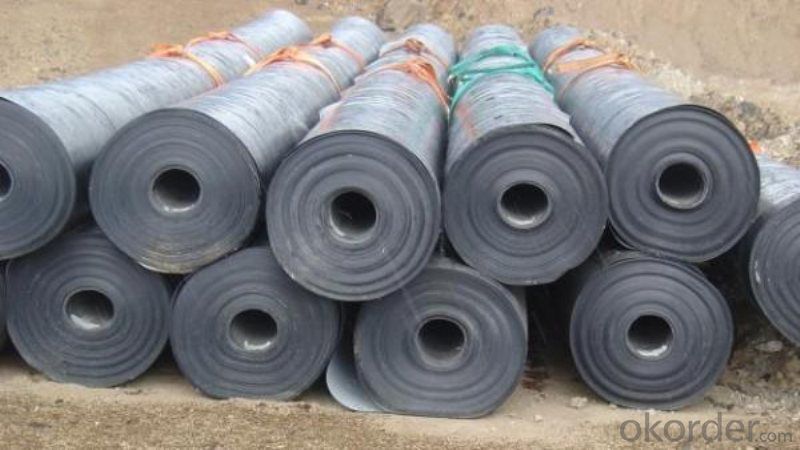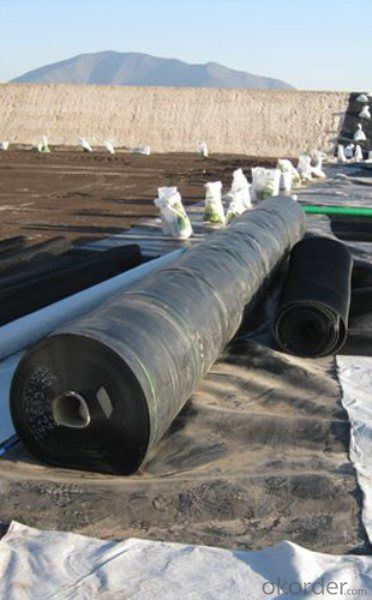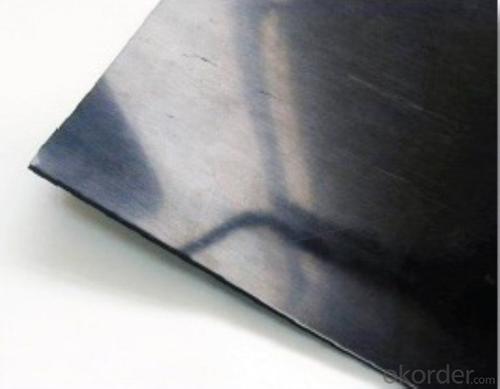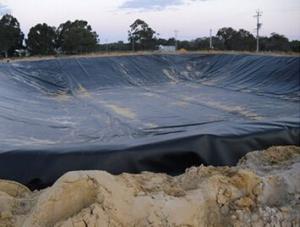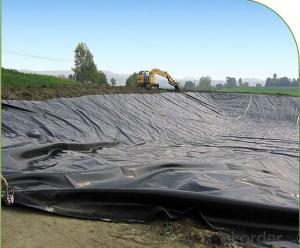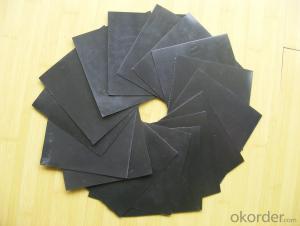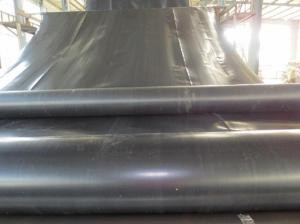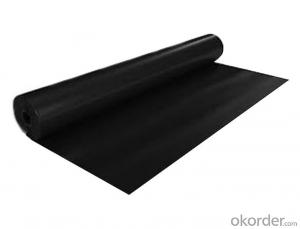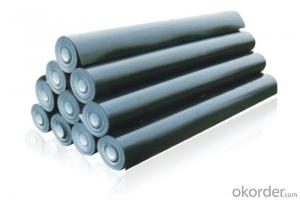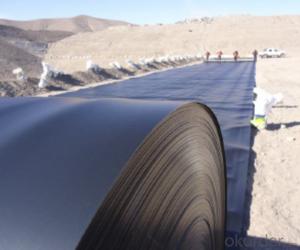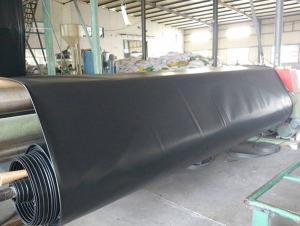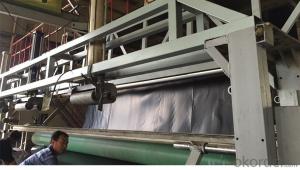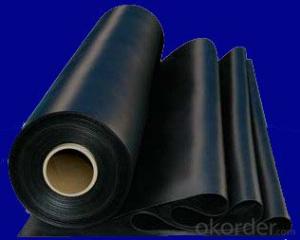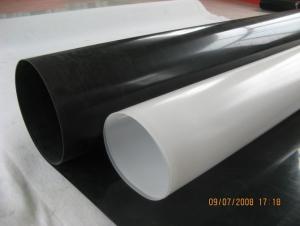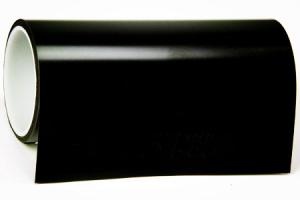Geomembrana De Pead 3 mm of New LDPE Made in China
- Loading Port:
- Qingdao
- Payment Terms:
- TT OR LC
- Min Order Qty:
- 20000 m²
- Supply Capability:
- 100000 m²/month
OKorder Service Pledge
OKorder Financial Service
You Might Also Like
Geomembrana 3 mm of New LDPE Made in China
Description Of Geomembrana 3 mm of New LDPE Made in China
The plastic film is used as the material of the plastic film as the anti - material, and the material of the non - woven fabric is made from the non - woven fabric. Its anti - permeability performance depends mainly on the anti - leakage performance of plastic film.
The main mechanism is conducive to the stability of composite geomembrane and a protective layer to plastic film is not permeable partition dam water leakage passage, to the greater tensile strength and elongation under pressure and adapt to the deformation of the dam; and non-woven fabric is also a polymer short chemical fiber material, formed by acupuncture or thermally bonded, has higher tensile strength and elongation, combined with plastic film, not only increases the tensile strength of plastic film and anti puncture capability and due to the non-woven surface roughness, increasing the coefficient of friction of the contact surface. At the same time, they have good corrosion resistance, not afraid of acid, alkali, salt erosion, the use of long life.
Main Features of Geomembrana 3 mm of New LDPE Made in China
Polyethylene (PE) geomembrane is divided into low-density polyethylene (LDPE) geomembrane
Applications of Geomembrana 3 mm of New LDPE Made in China
Low density polyethylene geomembrane for transport facilities: foundation reinforcement for the road, culvert seepage control
IMages of Geomembrana 3 mm of New LDPE Made in China
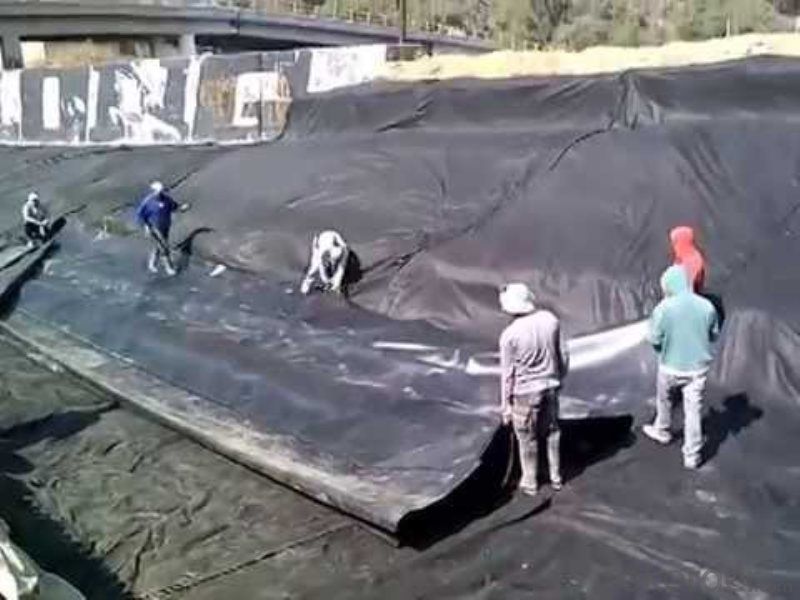

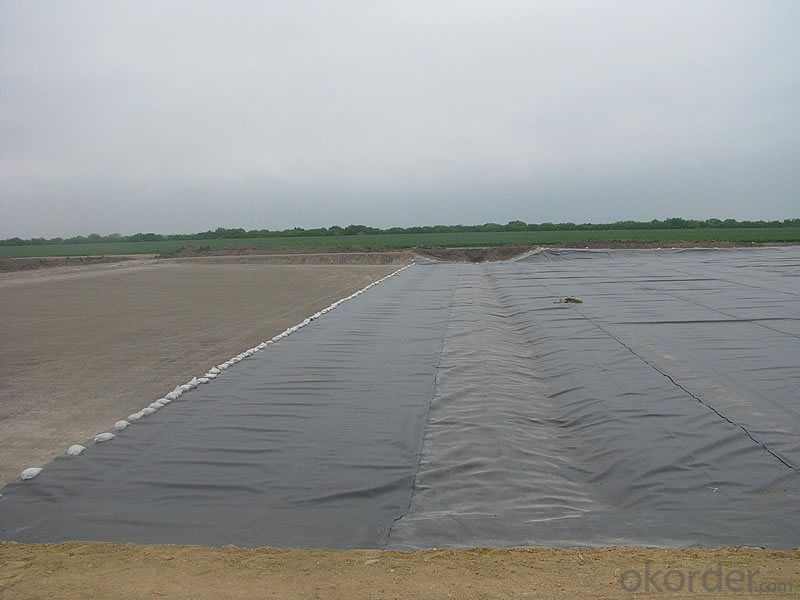

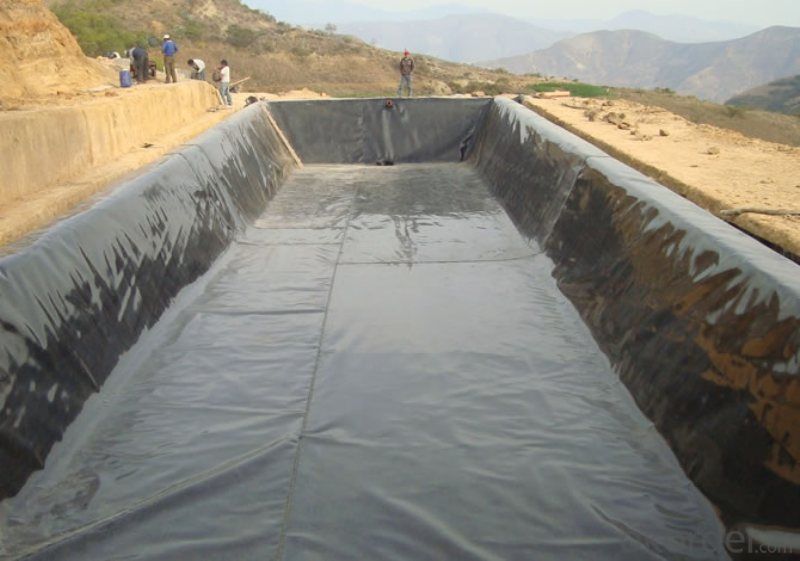
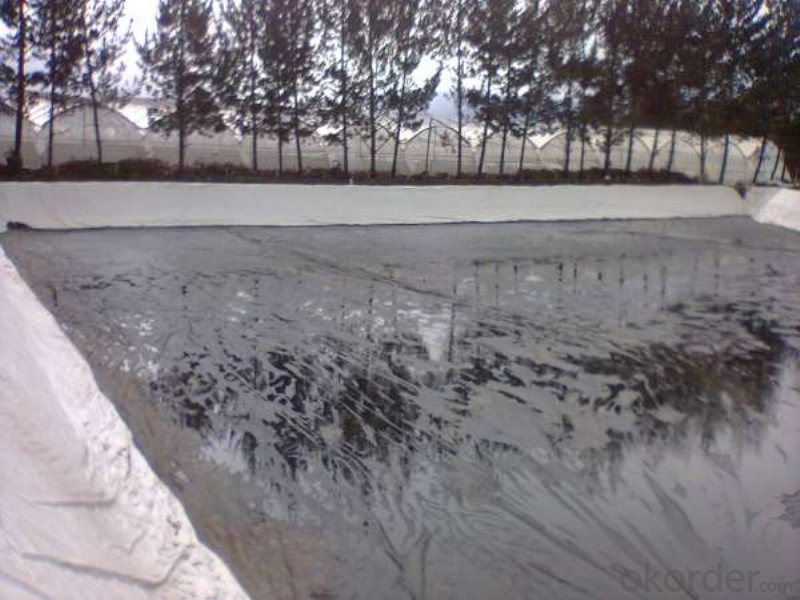
FAQ:
1. What are we supplying?
We are specialized in producing .geotextile , geocell, geogrid, geomembrane
2. How Many years experience do we have?
We have been exported to more than 15 countries in the past 10 years.
3. How long do we usually reply your request?
We always reply our customer within 12 hours.
- Q: Are geomembranes resistant to chemical spills?
- Yes, geomembranes are designed to be highly resistant to chemical spills. They are made of durable materials that can withstand exposure to a wide range of chemicals without degrading or allowing them to penetrate through the membrane. This makes geomembranes an effective barrier for preventing contamination of surrounding soil or groundwater in the event of a chemical spill.
- Q: What is the role of geomembranes in landfill capping systems?
- The role of geomembranes in landfill capping systems is to act as a barrier, preventing the migration of leachate and gases from the landfill into the surrounding environment. They are an essential component in preventing contamination of groundwater and soil, as well as controlling odors and reducing the overall environmental impact of landfills.
- Q: How do geomembranes improve the efficiency of sludge dewatering?
- Geomembranes improve the efficiency of sludge dewatering by providing a barrier that separates the sludge from the surrounding environment. This barrier prevents the loss of water and helps to create a controlled environment for dewatering. Additionally, geomembranes can help to contain and collect the water that is extracted from the sludge, allowing for easier reuse or proper disposal.
- Q: What are the installation guidelines for geomembranes in canal linings?
- The installation guidelines for geomembranes in canal linings typically involve the following steps: 1. Preparing the canal: The canal should be excavated and cleaned to remove any debris, vegetation, or loose soil. The subgrade should be properly compacted to ensure a stable base. 2. Inspection and repair: The canal's surface should be inspected for any existing damage or defects. Any cracks, holes, or uneven areas should be repaired before proceeding with the installation. 3. Geomembrane selection: Choose the appropriate geomembrane material based on factors such as the canal's location, water quality, and expected lifespan. Consider factors like UV resistance, puncture resistance, and flexibility. 4. Geomembrane placement: Unroll the geomembrane carefully along the canal's length, ensuring it is centered and aligned properly. Overlaps and seams should be securely joined using heat fusion, adhesive, or mechanical fasteners, depending on the material. 5. Anchoring and tensioning: Secure the geomembrane along the canal edges using anchor trenches, batten strips, or other approved methods to prevent uplift or displacement. Proper tensioning of the geomembrane is crucial to minimize wrinkles and ensure a smooth surface. 6. Quality control: Conduct regular inspections during installation to check for any defects, wrinkles, or inadequate welds. Conduct leak testing if required to ensure the geomembrane's integrity. 7. Covering and protection: Once the geomembrane is installed and inspected, cover it with an appropriate protective layer, such as soil, rock, or concrete, depending on the design requirements. This layer provides additional mechanical protection and helps to prevent UV degradation. 8. Post-installation maintenance: Regular inspection and maintenance should be carried out to monitor the condition of the geomembrane, repair any damage, and ensure its long-term performance. It is important to note that these guidelines may vary depending on the specific project requirements and local regulations. Consulting with experienced professionals and following manufacturer recommendations are crucial for successful installation.
- Q: Can geomembranes be used in agricultural irrigation systems?
- Yes, geomembranes can be used in agricultural irrigation systems. These synthetic liners are commonly used to line irrigation canals, ponds, and reservoirs to prevent water seepage, reduce evaporation, and improve water conservation in agricultural operations. They provide a barrier that helps to retain water and protect against contaminants, ensuring efficient and effective irrigation.
- Q: Geomembrane connection method
- Geomembrane generally use the welding method, a professional geomembrane welding machine general welding distance of 30-50 cm
- Q: The working principle of the water film dust collector?
- Dusty gas from the lower part of the cylinder along the tangential introduction, spiral up, dust particles by the centrifugal force effect is parting, thrown to the inner wall of the cylinder body and the inner wall of the cylinder body is adsorbed water film activities, with the water in the end part of the cone, the dust discharge port of unloading
- Q: Can geomembranes be used in landfill construction?
- Yes, geomembranes can be used in landfill construction. They are often used as a barrier system to prevent the contamination of soil and groundwater from the waste disposed in landfills. Geomembranes act as liners that isolate the waste from the surrounding environment, helping to contain and manage the landfill effectively.
- Q: Can geomembranes be used for stormwater detention basins?
- Yes, geomembranes can be used for stormwater detention basins. Geomembranes are impermeable liners that can effectively contain stormwater and prevent it from infiltrating into the ground. They provide a barrier against water seepage and can be installed as liners in detention basins to ensure the efficient storage and controlled release of stormwater.
- Q: Can geomembranes be used in stormwater treatment and filtration systems?
- Yes, geomembranes can be used in stormwater treatment and filtration systems. They are often used as liners or barriers to prevent the contamination of soil and groundwater, and can effectively separate and control the flow of stormwater, allowing for proper treatment and filtration processes to take place.
Send your message to us
Geomembrana De Pead 3 mm of New LDPE Made in China
- Loading Port:
- Qingdao
- Payment Terms:
- TT OR LC
- Min Order Qty:
- 20000 m²
- Supply Capability:
- 100000 m²/month
OKorder Service Pledge
OKorder Financial Service
Similar products
Hot products
Hot Searches
Related keywords
